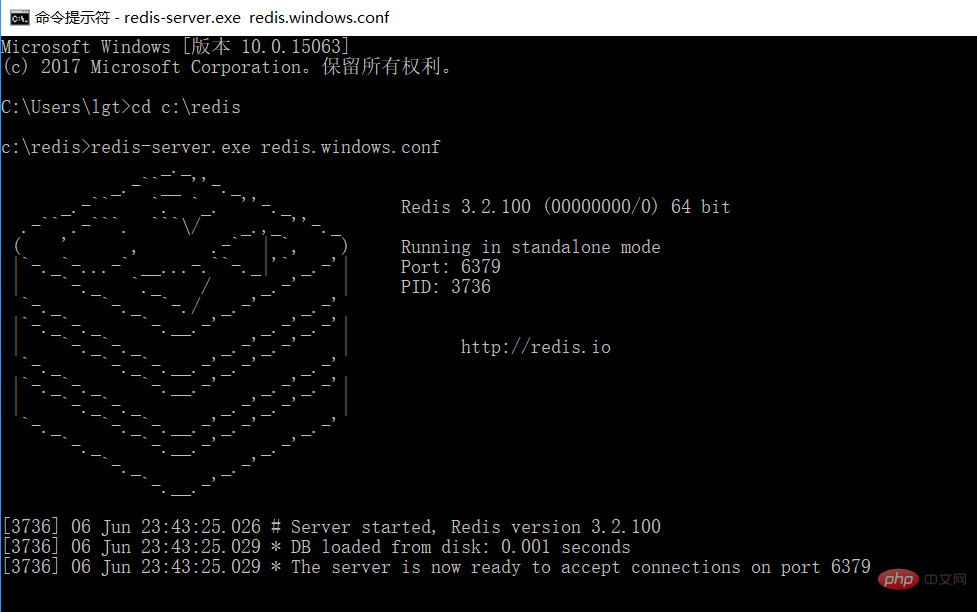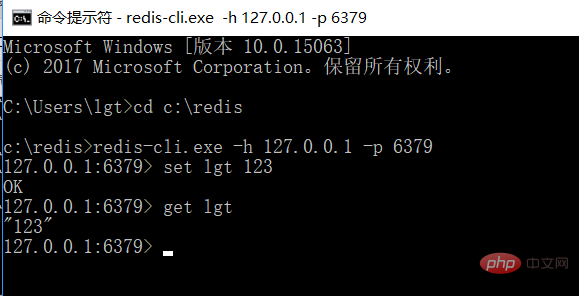
The data types of redis include: string (string), hash (Map), list (list), collection (sets) and ordered sets (sorted sets) and other data types .
Redis and other key-value cache products have three characteristics:
1. Redis supports persistence and can keep data in memory on disk. It can be loaded again for use when restarting.
2. Redis not only supports simple key-value type data, but also supports the storage of data structures such as list, set, zset, and hash.
3. Redis supports data backup, that is, data backup in master-slave mode.
Installation under Redis Window
Download the installation package, download address: https://github.com/MSOpenTech/redis/releases.
Redis supports 32-bit and 64-bit. You need to choose the version that suits you based on the actual situation of your system.
Download the Redis-x64-xxx.zip compressed package to the C drive. After unzipping, rename the folder to redis.
After personal testing, the download cannot be used with other drive letters. It is recommended that the unzipped package be placed on the C drive.

Open a cmd window and use the cd command to switch the directory to C: edis and run redis-server.exe redis.windows.conf
<img src="/static/imghw/default1.png" data-src="https://img.php.cn/upload/image/555/200/139/1591692705817136.png" class="lazy" title="1591692705817136.png" alt="Redis installation and deployment">

Open the second cmd window and do not close the original window. Otherwise, the server will not be accessible.
Switch to the redis directory and run redis-cli.exe -h 127.0.0.1 -p 6379
Set the key-value pair set lgt 123
Get the key-value pair get lgt

Related recommendations: Redis Tutorial
The above is the detailed content of Redis installation and deployment. For more information, please follow other related articles on the PHP Chinese website!
 Commonly used database software
Commonly used database software
 What are the in-memory databases?
What are the in-memory databases?
 Which one has faster reading speed, mongodb or redis?
Which one has faster reading speed, mongodb or redis?
 How to use redis as a cache server
How to use redis as a cache server
 How redis solves data consistency
How redis solves data consistency
 How do mysql and redis ensure double-write consistency?
How do mysql and redis ensure double-write consistency?
 What data does redis cache generally store?
What data does redis cache generally store?
 What are the 8 data types of redis
What are the 8 data types of redis